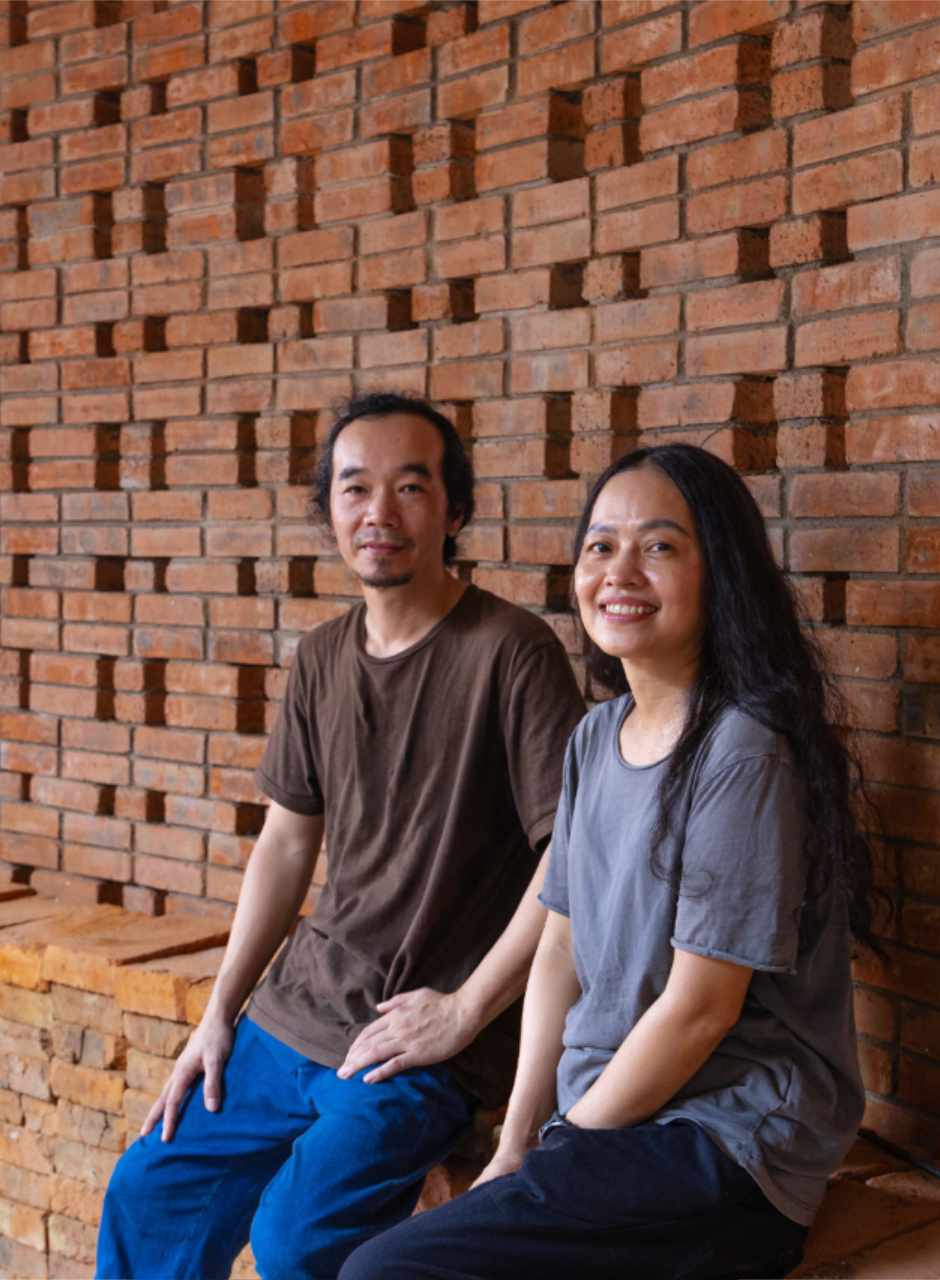
Photograph courtesy of Tropical Space.
Southeast Asia
Vietnam
Ho Chi Minh City
Tropical Space was founded by Tran Thi Ngu Ngon and Nguyen Hai Long in 2011. Architect Tran Thi Ngu Ngon obtained her bachelor’s degree at the Ho Chi Minh City University of Architecture (UAH) in 2004. Nguyen Hai Long received his bachelor’s degree in 2001 and his master’s degree at the same university in 2009.
The studio, based in Ho Chi Minh City, has expertise in master planning, architectural design, landscape design, and interior design. Located in Southeast Asia, the firm has a deep-rooted cultural and climatic understanding, as portrayed in its design responses. They prioritise solving the challenges of the living environment in a tropical climate. They have an awareness of finding the balance between humans, buildings, and nature in all of their projects.
Every building by Tropical Space is an opportunity to explore creativity based on the vernacular material of small clay bricks, research their forms, structures, and construction techniques, and learn how to maintain existing buildings in the hot and humid climate.
Their work has been published in several prestigious international and national magazines, websites, and podcasts, such as Dezeen, Kienviet, Archdaily, Wallpaper, Architizer, Designboom, Vietcetera, etc.
SNU + SPACE Magazine published a book that included selected tropical space designs. Moreover, Tran Thi Ngu Ngon was interviewed and appeared in 100 Women: Architects in Practice along with leading female architects, such as Tatiana Bilbao, Liz Diller, Julia Gamolina, etc.
Over the ten years of practice, Tropical Space has received encouraging recognition from seniors in the profession, architectural communities, and organisations/institutes. Notably, the Brick Award in 2016 and 2018; ARCASIA in 2015, 2018 and 2019; Living Monsoon Award in 2017 and 2023; Spotlight Award from Rice Design Alliance in 2022; Fritz Hoger Award in 2017; finalist of Swiss Architectural Award 2022 and Dorfman Award 2023, etc. Additionally, they have been invited to give lectures and talks at national and international academic and professional events, such as UAH, Cornell University, Columbia University, Rice University, Seoul National University, National University of Singapore, ARCASIA, MASA in Bangalore, Living Monsoon in Cochin, etc.
The Downtime
Resilience
The Time To Explore
The architecture and construction industry experiences constant fluctuations. The current state of the construction industry, mainly after COVID-19, shows an evident recession not only in the built environment of Vietnam but also worldwide.
At Tropical Space, we are well-versed in the nuances of the built environment, mainly due to the size of our studio, which is small in scale. We handle a variety of projects spanning different building types and scales. Given the modest size of our office, we are unable to take on a large number of contracts. While this has posed some challenges, we are comfortable with this arrangement.
Although the more pressing issue evolves around finances, we are confident in our ability to sustain our office's operational and management aspects. In addition to our larger-scale projects, we have smaller-scale schemes to keep us going.
We pay close attention to detail on small projects, even more so than on large-scale buildings, and we invest a great effort and time into them.
In the past, we were busy with numerous large and small projects and had no time or capacity to lend our expertise to our community and friends who could benefit from a higher quality of service. Even though they are not contracted projects, we support them due to the increased time and opportunities to collaborate.
No matter where in the world, architects need this downtime alongside their projects. They often need more time to dedicate enough attention to their work, and they need more time to balance their professional and personal creative pursuits.
This period of downtime allows us to recover and sustain our careers and offices in the long run. We can alleviate stress related to projects, regain energy and improve our lives.
No matter where in the world, architects need this downtime alongside their projects.
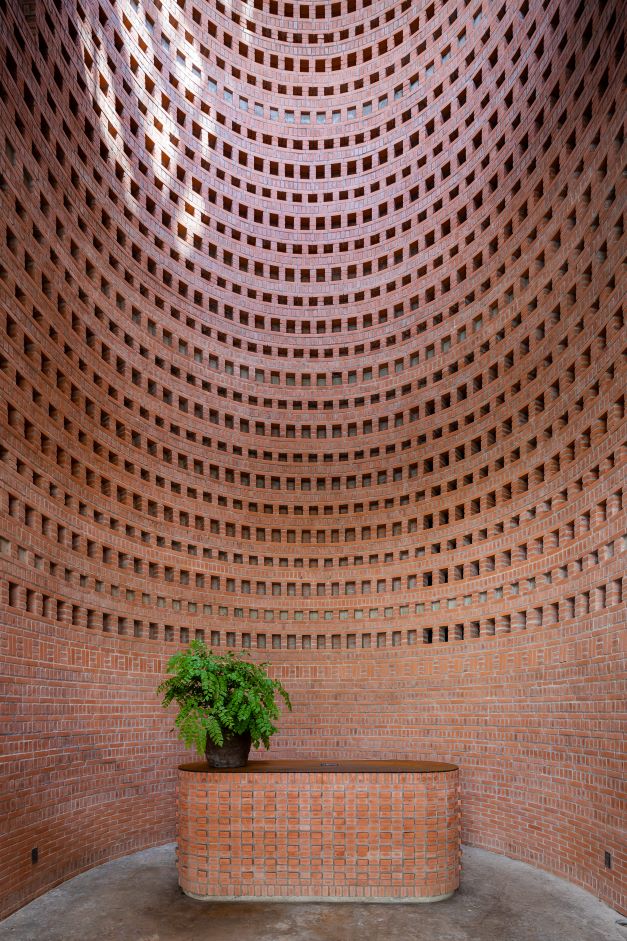
Premier Office, Vietnam. Photograph courtesy of Tropical Space.
As architects, our work is not just about buildings or architecture. We also engage with and observe the various fields that intersect with architecture. We can genuinely help others and find new opportunities through this broader involvement.
Working Internationally
The Silk Road Analogy
Understanding The Context
Ensuring Quality
Nowadays, the conditions for architects and designers to work internationally are excellent. It is easier for them to move overseas and think outside the box of their country and their local place.
Working internationally is not a new concept. Historically, cultural and trade exchanges have occurred through the Silk Road, which connected China to Europe and fostered diversity and innovative exchange. The same principle applies to architecture and construction.
Working internationally is not a new concept. Historically, we have seen cultural and trade exchange through the Silk Road, which connected China to Europe and fostered diversity and innovative exchange.
However, working effectively in another country depends heavily on the capacity of the architectural office.
For example, our practice currently may not meet the demands of a client in another country, particularly for large-scale buildings.
Additionally, when working outside our home country, we should invest a significant amount of time in understanding the new context. It is essential to ensure our responses are well-suited to the specific setting.
Many firms worldwide take on international projects, but the quality varies—some are successful, while others fall short. Winning international projects allows many architectural firms to become well-known globally and gain the recognition they deserve to grow their practice.
Whether we work locally or internationally, the key is to understand how to meet the client’s demands while adhering to the country’s regulations and adapting to various conditions. This adaptability is crucial for development.
Therefore, even when working locally, we are dedicated to ensuring that we do not create subpar or unattractive buildings. Our goal is to maintain high standards, regardless of the project's location.
Lastly, as a local firm, we must fully grasp our culture and background before collaborating with an international architectural practice interested in working in our country.
It is essential to take the time to negotiate, research, and build strong relationships between the architect, client, and the local context.
This approach ensures we can create something new, meaningful, and impactful—leaving a lasting impression.
Architects Vs. Politicians
Building A Community
Strengthening The Knowledge Exchange
Making A Choice
Today's architects have far more opportunities to advance their careers than in the old days.
They benefit from access to advanced technology, multiple collaboration opportunities, and expansive networks within their own country and internationally. This connectivity allows for greater inspiration and knowledge sharing, and there are prospects for growing an architectural practice.
The problems we face currently are not resolved by architects becoming politicians or activists.
While an architect may have the right skills and mindset before entering politics, there is no guarantee that they will maintain those qualities once in office.
Instead, we should prioritise building a strong community within the design industry and practising architects in our country or region. We must maintain a similar mindset and attitude in the community to create a better future for our cities and the built environment. By coming together, we can make a positive impact and influence the system for the better.
Architects from developed countries are drawn to working in Vietnam because it offers a platform to show their personality, express their identity, and demonstrate their capacity. The country's ocean of opportunities provides a canvas for their creativity
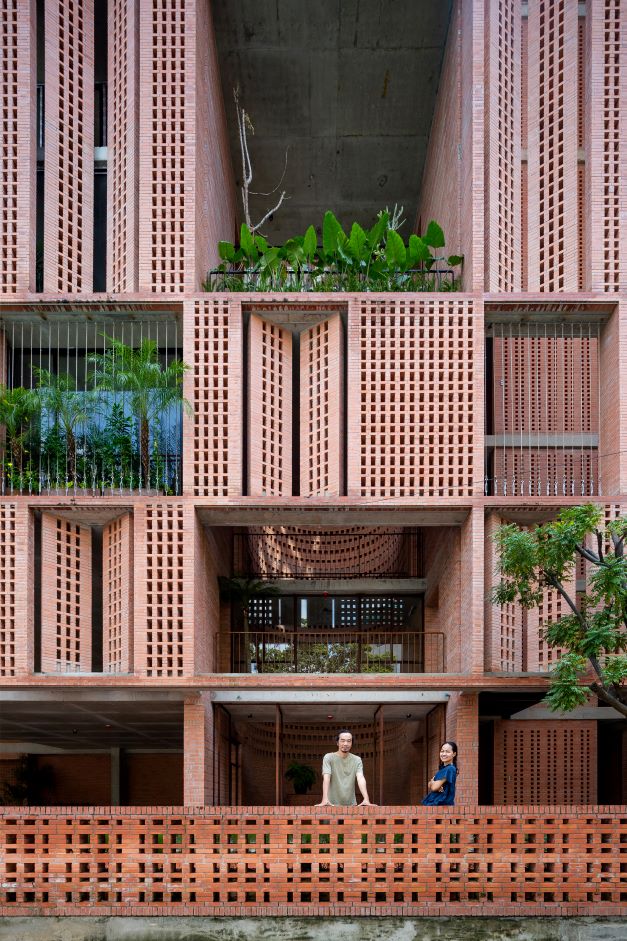
Premier Office, Vietnam. Photograph courtesy of Tropical Space.
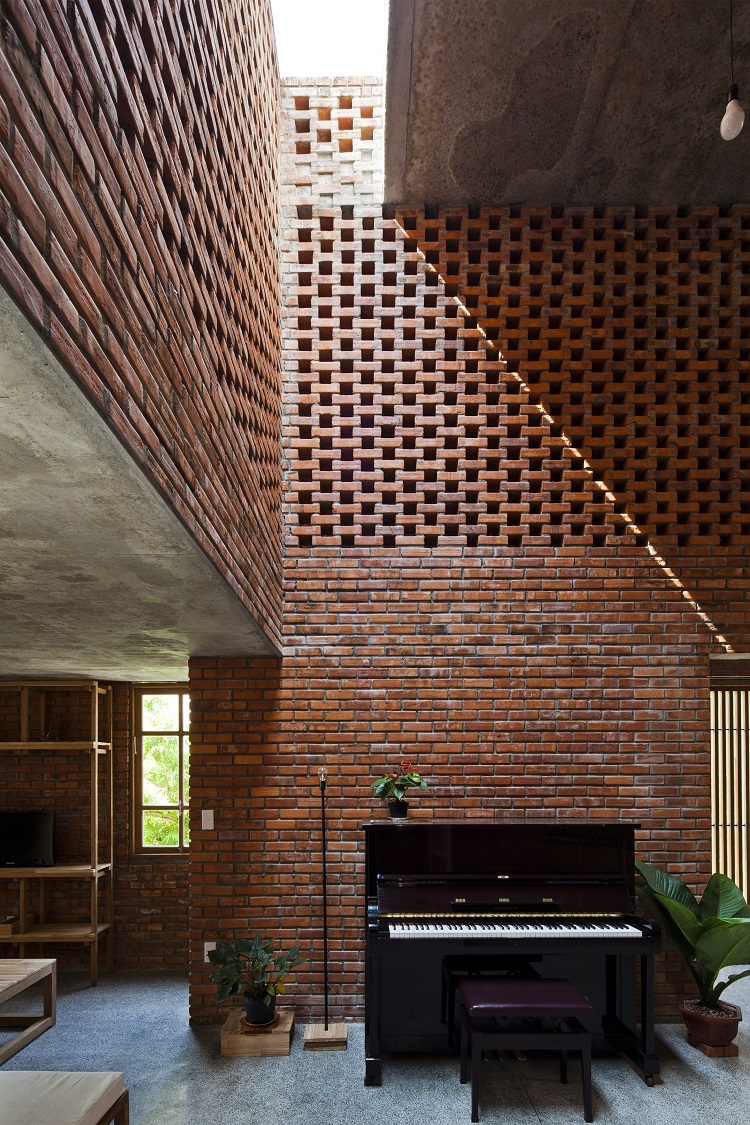
Termitary House, Vietnam. Photograph courtesy of Tropical Space.
As a developing country with a population of almost 100 million, Vietnam has an abundance of opportunities for new development and growth in its construction market.
We are aware of the differences between our country and developed nations like those in Europe. We admire the advanced construction technology, architecture education, and luxury buildings in those countries, which we lack in Vietnam’s architectural scene.
However, in recent times, architects from developed countries have been drawn to working in Vietnam because it offers a platform to show their personality, express their identity, and demonstrate their capacity. The country's ocean of opportunities provides a canvas for their creativity.
People come from different contexts and backgrounds and are free to choose where they want to settle, how they wish to practice architecture, and where to gain that experience.
Many Vietnamese architects would like to relocate to Europe or America to further their careers, and many from outside of Vietnam also wish to relocate here and work as architects.
We cannot fully explain this movement or the trend, but it shows that we have the freedom and the choice to do so.
Encouraging movement between Western and Eastern countries is valuable. Through this exchange, we can share knowledge and technology and learn from one another. For example, in Vietnam, local designers can gain practical insights into advanced technology, professional experience, and work ethics from their Western counterparts. Similarly, when Asian designers work in European countries, they bring diversity and fresh perspectives, creating something truly interesting and unique.
Additionally, people are becoming more open to accepting new and unfamiliar ideas. In the past, Western countries might have hesitated to embrace Asian design concepts, but now they are more receptive. As they learn about Vietnam and other previously unfamiliar countries, they grow to accept and appreciate different perspectives.
September 2024
Interview by International Architects Sweden.
Read More
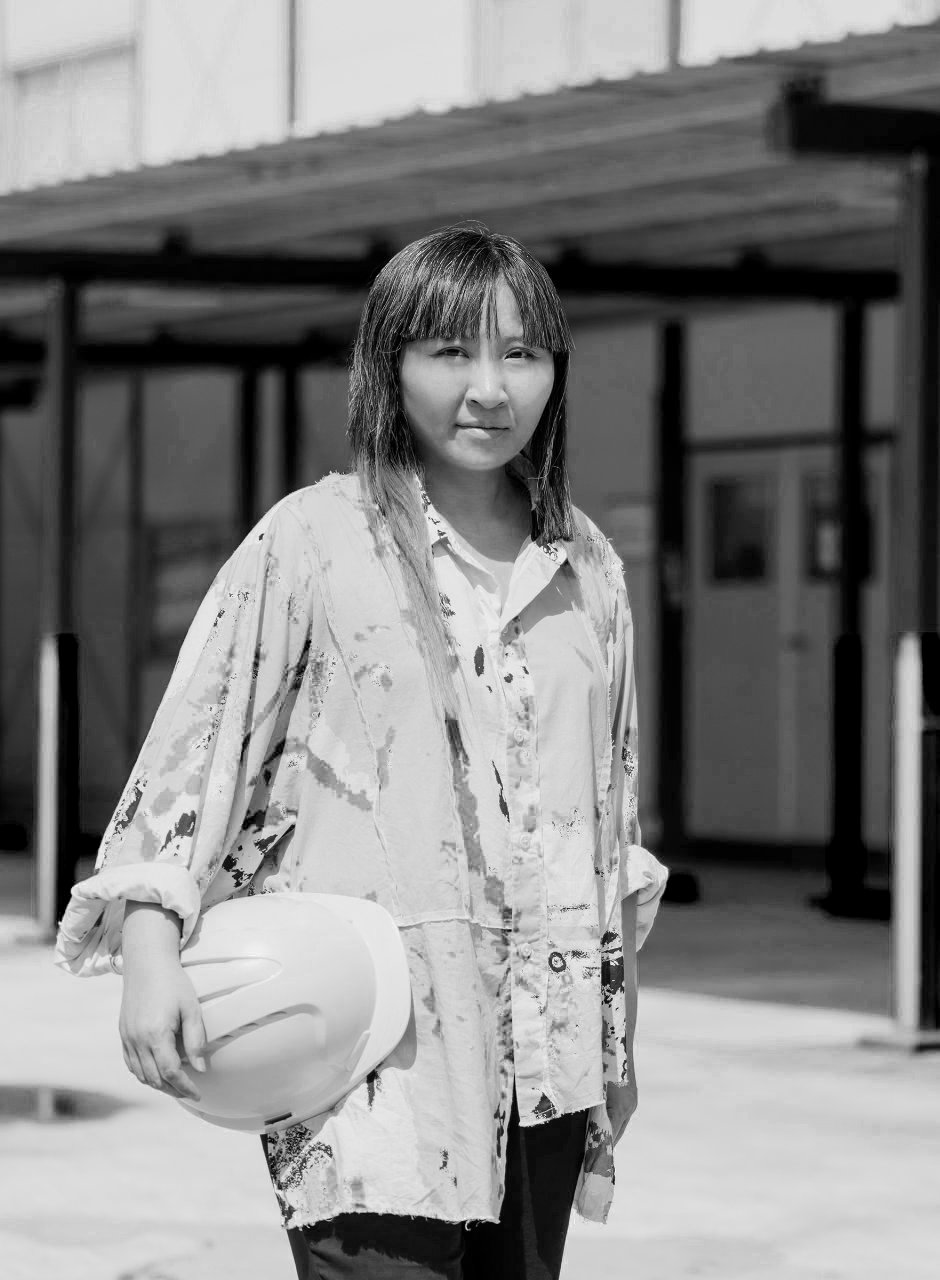
Vivien Leong || SingaporeGlobal Dialogues
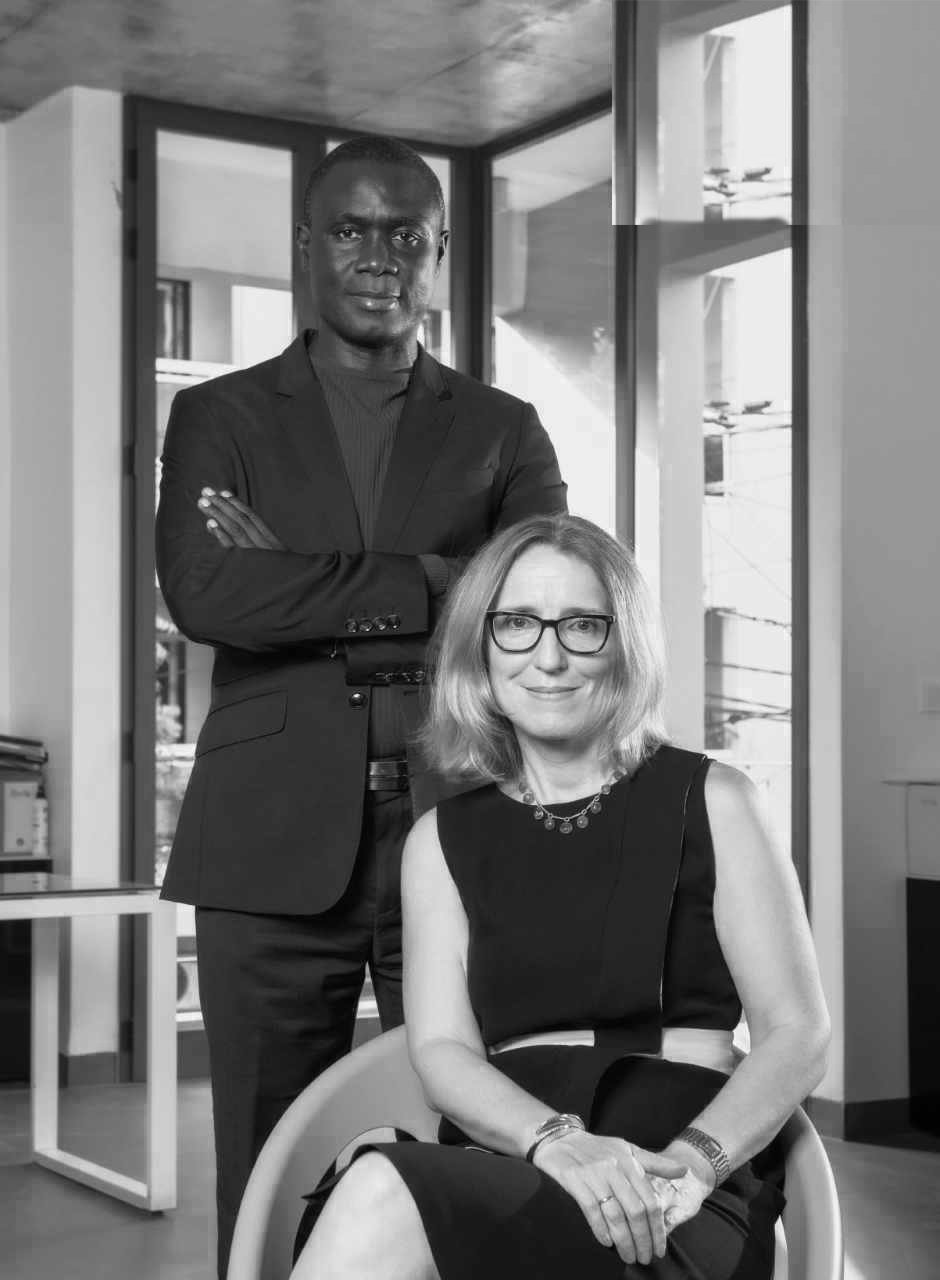
SENE STUDIO|| SenegalInterview
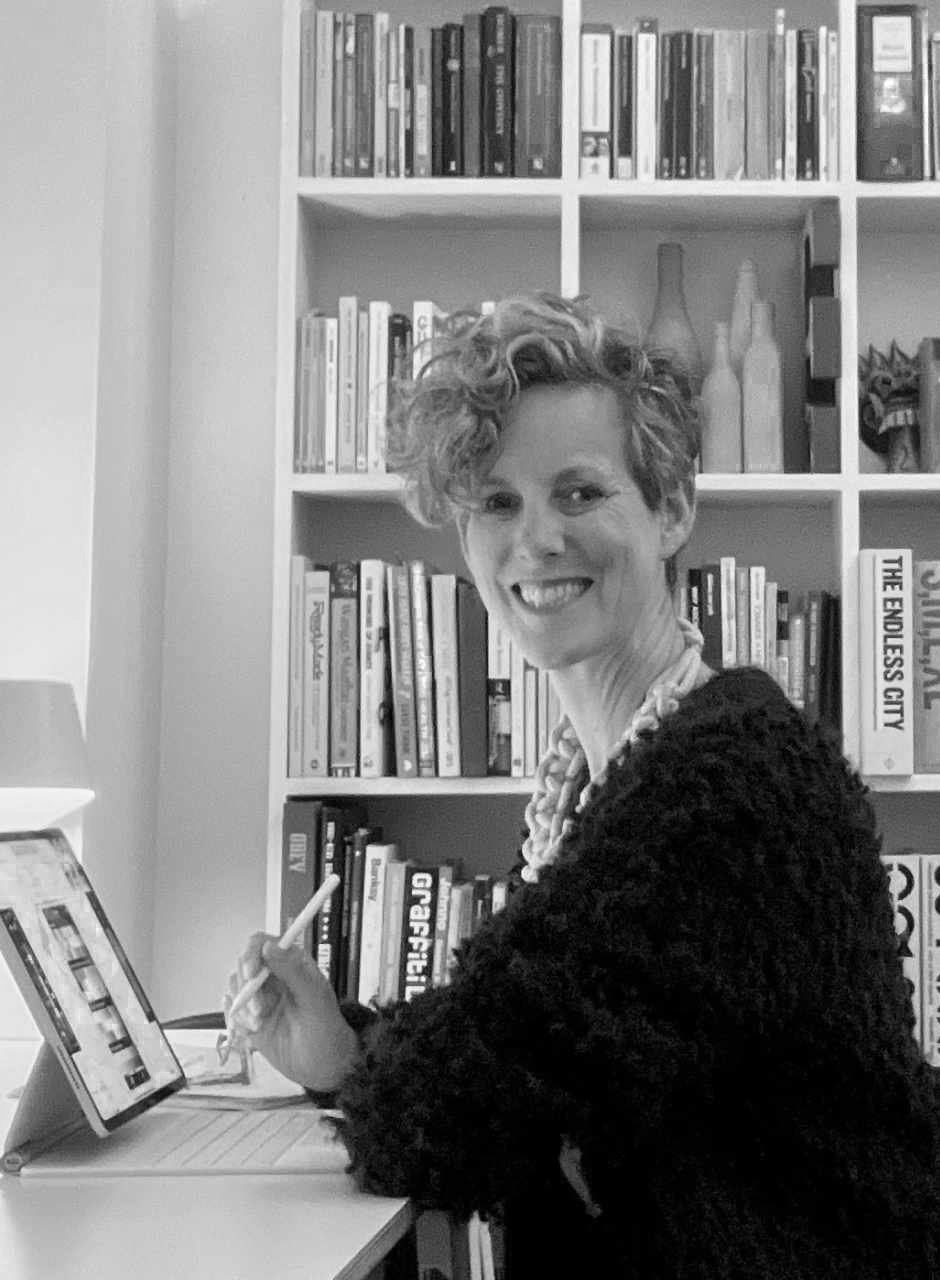
Angela Dapper|| AustraliaGlobal Dialogues
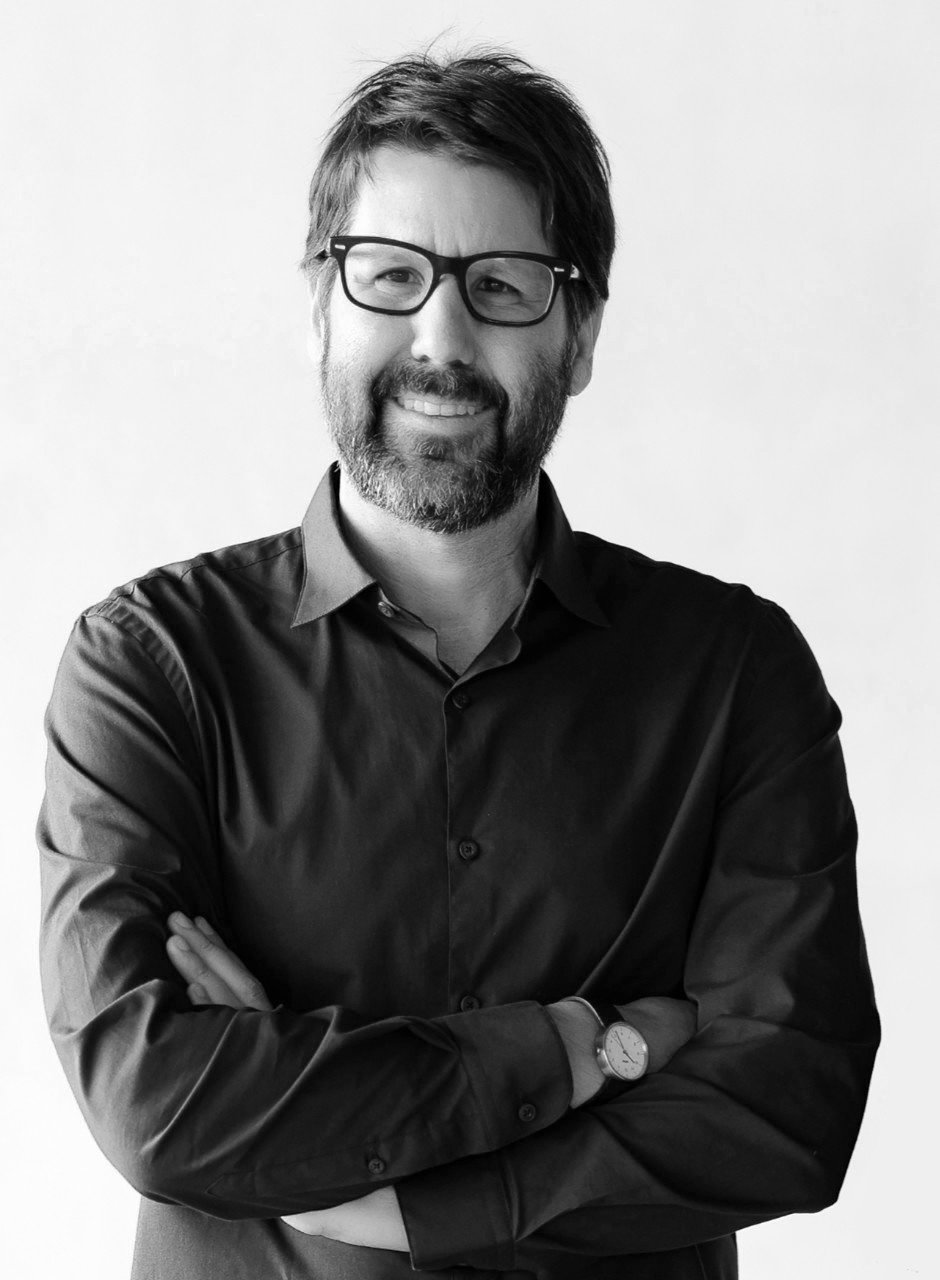
Bruno Campos|| BrazilGlobal Dialogues
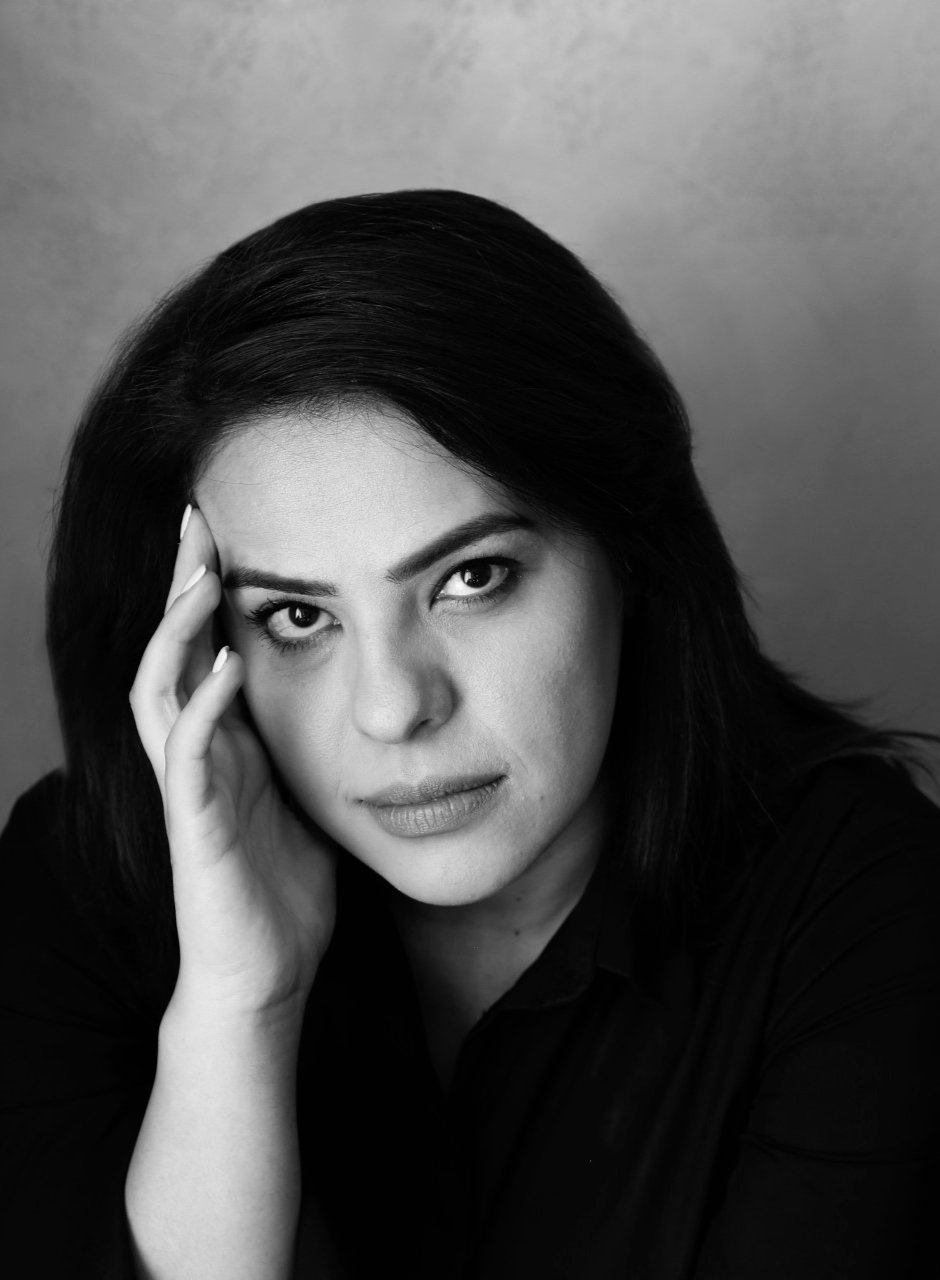
Habibeh Madjdabadi || IranGlobal Dialogues
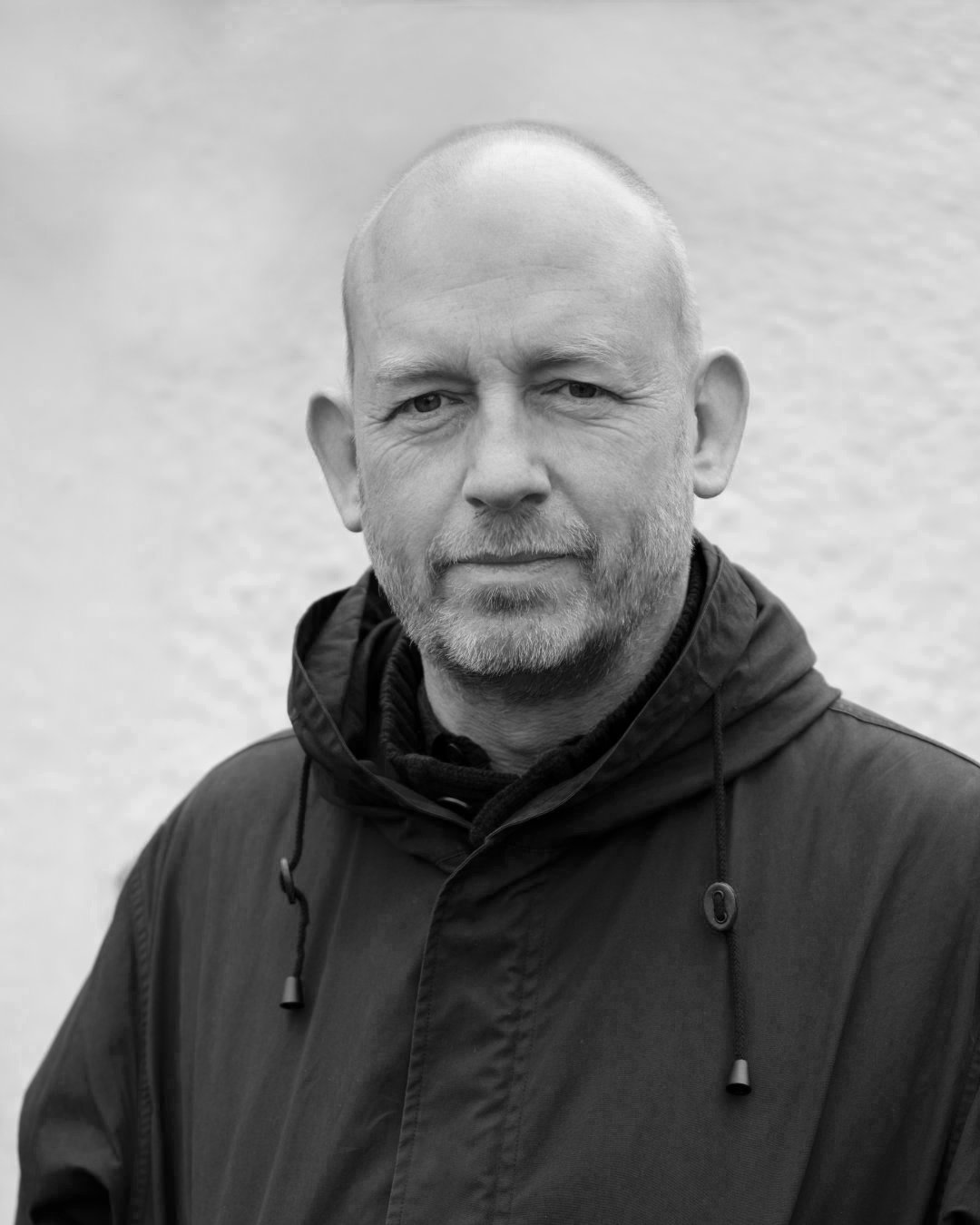
Jake Ford|| SwedenGlobal Dialogues

Pascale Sablan|| USAGlobal Dialogues
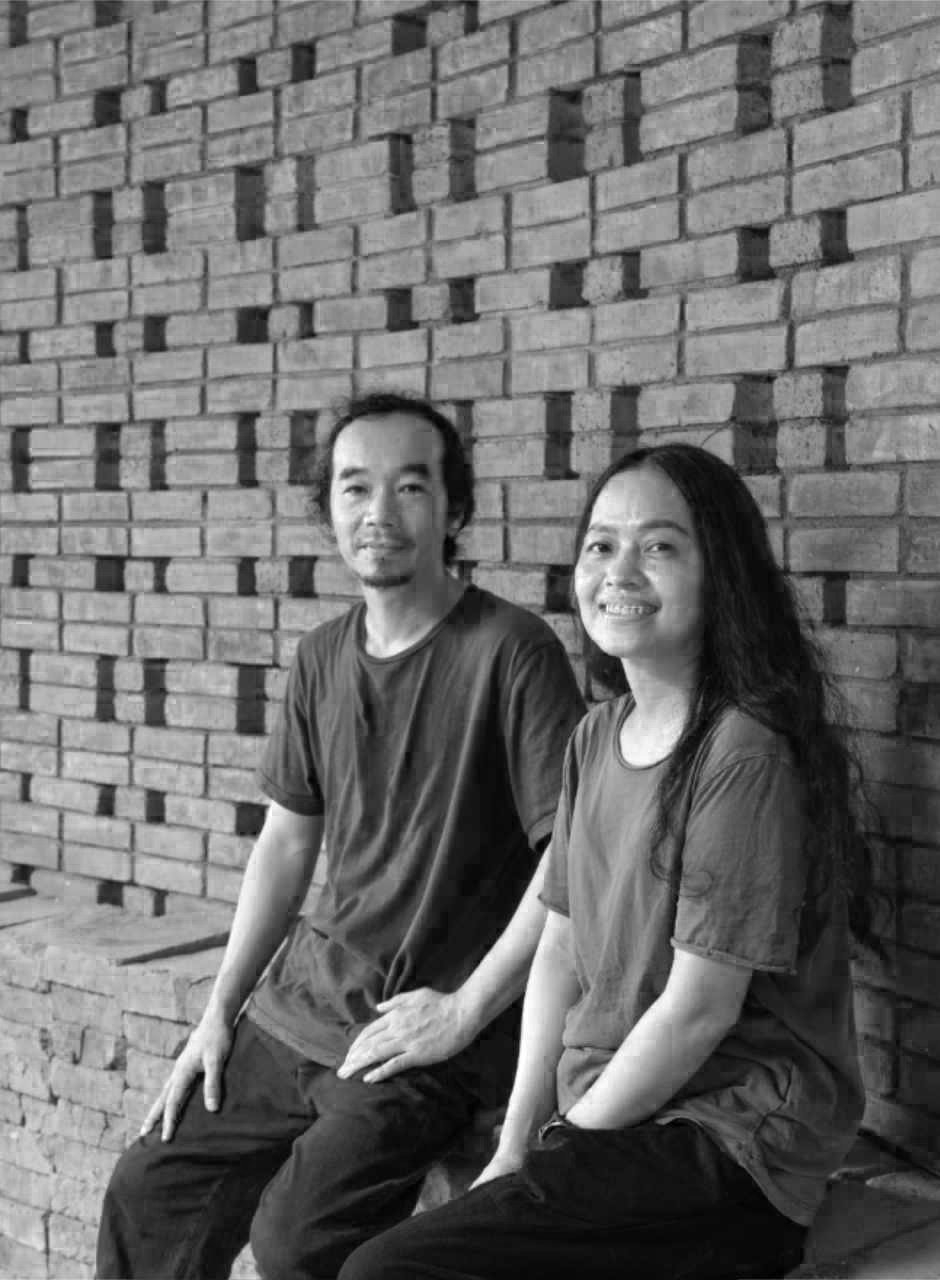
Tropical Space|| VietnamGlobal Dialogues
